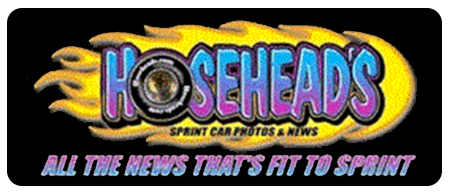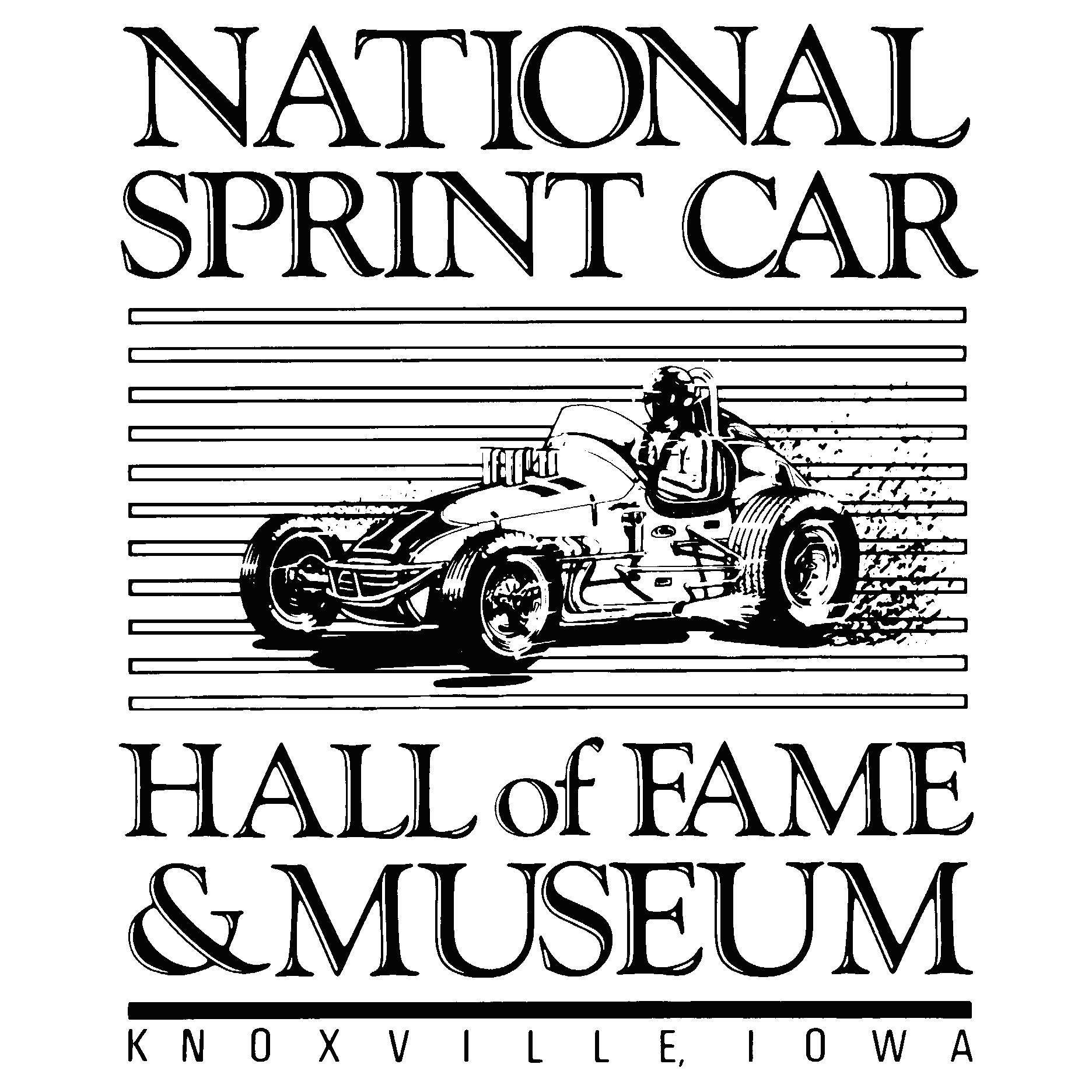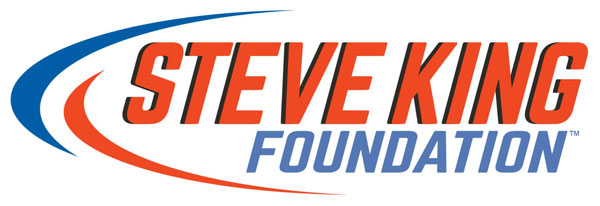Let's put the "Star" back in the NASCAR All-Star Race
Photo by Tim Parks/Harold Hinson Photography
An All-Star event should be exactly what it advertises—All Stars.
Since NASCAR first attempted to placate every sponsor and team owner by providing a stage for their drivers, the event has slowly lost its sparkle. The 2022 All-Star weekend from start to finish lacked the luster the affair was originally designed for—at least on the race track.
Sure, everything is bigger in the Lone Star State. I’m sure Texas Motor Speedway pulled out all the stops for the off-track sideshow. But in the weeks and months leading up to last weekend, there was absolutely no buzz surrounding the event. And the empty seats in the grandstands reflected just that.
Throw in a format and rules made on the fly, and the program was a recipe for disaster. In the races leading up to the All-Star Race, many of the drivers could not comment on the format because they had not invested the time to study the script. Considering that the rules change each year, it’s challenging for the competitors and fans to keep up with. On SiriusXM NASCAR Radio Monday morning, FOX Sports analyst Larry McReynolds said the rules were being altered the day of the show.
So it should come as no surprise that confusion was rife among the drivers, on pit road and in the stands. Kyle Busch won the first stage, which automatically qualified him to start first in the final stage. But what happened once he was eliminated in a wreck?
Clearly that wasn’t the most egregious faux pas. NASCAR saved that for the end game when Ryan Blaney thought he had taken the checkered flag only to discover that wasn’t the case because, under the rules, the race must end under green.
When Blaney was told the race hadn’t ended, that elicited a “WTF?” from the driver.
Even NASCAR Senior Vice President of Competition Scott Miller acknowledged after the race that Blaney would have been declared the winner in any race other than the All-Star coming to the checkered flag just a couple of car lengths from the line with the lead on the last lap.
“Everybody knows that we probably prematurely called that yellow flag,” Miller said. “The way that works in the tower, we’re all watching around the race track. Obviously, the race director, who has the button and makes the call, is the final say of when the yellow gets put out. We saw the car (Ricky Stenhouse Jr.) and mentioned the car against the wall, riding the wall down the back straightaway. The race director looked up. I’m not sure what he saw but he immediately put it out.
“I wish we hadn’t of done that, but we did that and we’ll own that we probably prematurely put that caution out.”
For every action there’s a reaction. NASCAR's last-second caution led Blaney to release his window net prematurely to celebrate and ultimately brought into question a new set of rules—safety. Miller added there was no way from the tower to determine whether Blaney’s window net was up or not, but the race went green regardless. In stick-and-ball sports, we call that a make-up call.
“We have no consistency in our officiating,” said second-place finisher Denny Hamlin. “You can’t make up rules.”
Hamlin was correct about a lack of consistency. But he should know better when it comes to making up rules. The sanctioning body can do whatever it deems necessary. And they certainly did in Texas.
Moving forward, NASCAR needs to find a way to make the All-Star Race an entertainment vehicle. The best and the brightest stars need to be a part of the equation. Winners, past All-Star winners and champions—including the Camping World Truck Series and Xfinity Series champions—should be on the lineup. This isn’t Little League where every participant receives a trophy.
The event needs to move around each year to new markets in an effort to expose the product to new fans. Taking the Busch Light Clash to the LA Coliseum was a perfect example of that. While a major market such as L.A. might not always be possible, there are still underserved areas, and if a city, region, state or country is willing to step up, NASCAR should listen.
“The Coliseum has blown the door open on possibilities for All Star races,” Kevin Harvick said. “I do like the fact of having the Clash and the All-Star Race have that feel of the guys that are supposed to be in it. We didn't do at the Clash this year, I understand because of qualifying and things like that, but heat races would be exciting if it was to get into the race.
“There are some traditional things that I would like to see, but we can do a lot better with our All-Star race.”
Harvick hesitated, then used the SRX model as an example of a traveling series—albeit on a significantly smaller scale—that incorporates iconic venues into the schedule. Bringing in NASCAR’s top three tours for a weekend could be an absolute game-changer.
“SRX at Slinger was awesome. SRX at Nashville was awesome,” Harvick said. “A lot of those race tracks that would help with notoriety for racing in general in that area, some infrastructure help on some of those race tracks and you do that at those short tracks for a decade and you fix 10 of them.
“You're doing yourself a favor with the grassroots system. We don't have Winston anymore. There's nobody dumping any money into those short track systems. So, let's use our All-Star Race. Let's use its notoriety and the money that comes with dropping the green flag and sponsorship and all those things that come with that to help those short tracks with their infrastructure before they all go away.”

.png)





